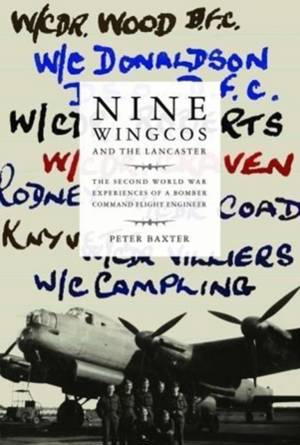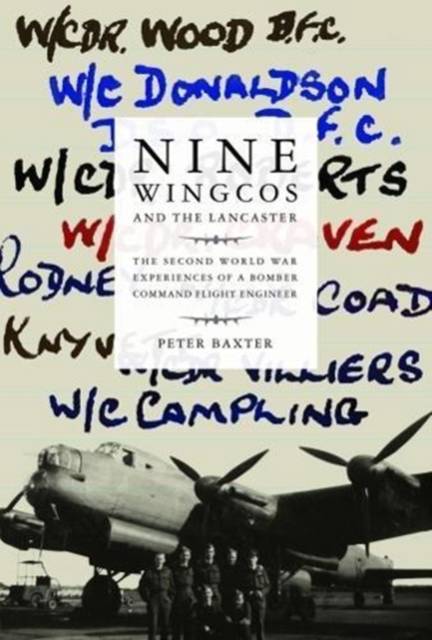
- Retrait gratuit dans votre magasin Club
- 7.000.000 titres dans notre catalogue
- Payer en toute sécurité
- Toujours un magasin près de chez vous
- Retrait gratuit dans votre magasin Club
- 7.000.0000 titres dans notre catalogue
- Payer en toute sécurité
- Toujours un magasin près de chez vous
Nine Wingcos and the Lancaster
The Second World War Experiences of a Bomber Command Flight Engineer
Peter Baxter
Livre relié | Anglais
27,95 €
+ 55 points
Description
Bomber Command flight engineer Peter Baxter completed thirty-four operations during the Second World War, and following his first tour with No. 12 Squadron he became the Engineer Leader for the new formed No. 153 Squadron. During his 400 hours in the air, half of which were at night, he flew with a succession of pilots including nine Wing Commanders. After passing the entrance examination in November 1937, Peter entered the Royal Air Force Technical Apprentices School at Halton, near Aylesbury, Buckinghamshire, and over the next few years Peter learned his trade at RAF stations Halton, Cosford, and Penhros. In 1942 the opportunity arose for Peter to become aircrew, with the RAF's new four-engine heavy bombers requiring a designated airman, the flight engineer, to take care of the aircraft's various mechanical, hydraulic, electrical and fuel systems. Peter takes up such duties, flying the iconic Avro Lancaster, when Bomber Command is about to enter one of the most intense air campaigns of the war, the 1943 Battle of the Ruhr. In Nine Wingcos and the Lancaster the author describes in remarkable detail not only his RAF experiences but also the environment in which he lived, the friendships made, and the rigors of firstly working on aircraft in all conditions as groundcrew, and then as an airman struggling to fly, fight and survive amidst the attrition of the air battle over Germany. Illustrated with previously unpublished photographs Peter Baxter's account is also a must for all technical enthusiasts, with comprehensive sections on the mechanics of the Avro Lancaster and how it is flown.
Spécifications
Parties prenantes
- Auteur(s) :
- Editeur:
Contenu
- Nombre de pages :
- 256
- Langue:
- Anglais
Caractéristiques
- EAN:
- 9781999812836
- Date de parution :
- 27-09-18
- Format:
- Livre relié
- Format numérique:
- Genaaid
- Dimensions :
- 157 mm x 236 mm
- Poids :
- 675 g

Les avis
Nous publions uniquement les avis qui respectent les conditions requises. Consultez nos conditions pour les avis.






